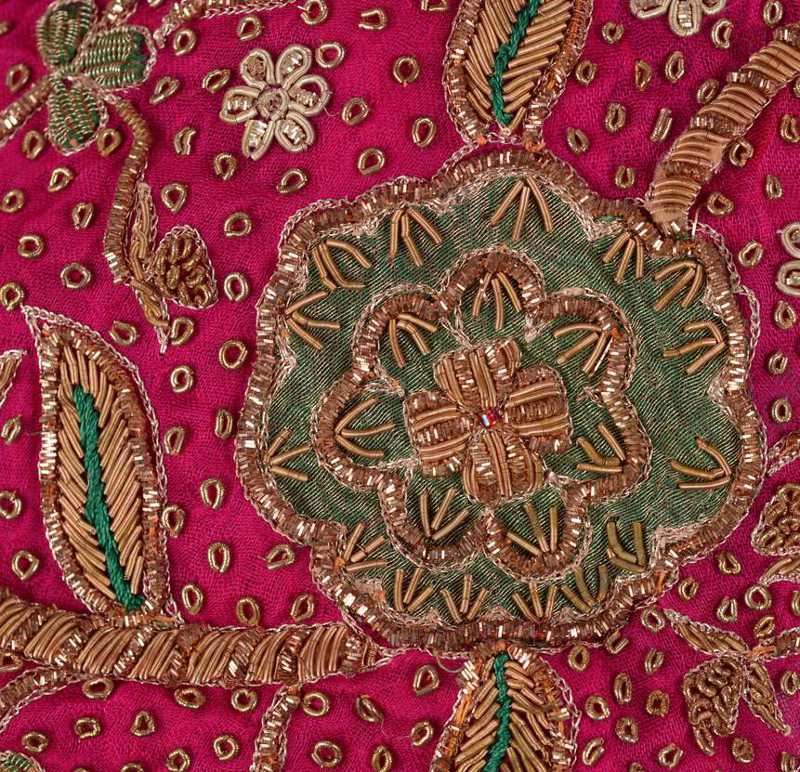===
0328,
1
===

=== |
 |
mi;saal : 'Likeness, similitude; simile; analogy; parable, metaphor; specimen, example, model; a case adducedas a precedent; —adj. Like, resembling'. (Platts pp.1000-1001)
jaal : 'A net (for catching birds, fish, &c.); net-work; ... —magic, conjuring; illusion, deception; supernatural appearance'. (Platts p.371)
FWP:
SETS
MOTIFS == BONDAGE
NAMES
TERMS == AMBIGUITYSRF is right to call attention to that 'with you' in the second line. How to read it? These seem to be the main possibilities
=When/since I am with you, I am a captive of my own situation.
=Along with you, I am a captive of my own situation (that is, we are both captives of my situation).
=We are both captives: I of my own situation, and you of yours.